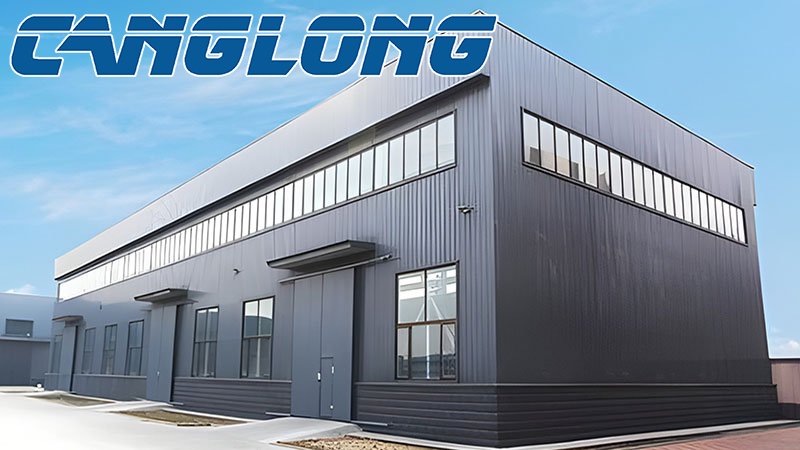Anti-corrosion treatment of steel structure factory workshop surface
Steel structure engineering buildings can be seen in many places. However, the surface of the steel structure must be anti-corrosion and surface treatment to ensure the quality of the surface of the steel structure factory workshop. The following will explain the anti-corrosion method and surface treatment of the steel structure factory building.
1. Metal protective layer
The metal protective layer is a metal or alloy with cathodic or anodic protection through electroplating, sputtering, chemical plating, hot-dip plating and infiltration plating to form a metal protective layer (film) on the surface of the metal that needs to be protected to isolate the metal and the metal. Contact with corrosive media, or the use of electrochemical protection to protect the metal, thereby preventing corrosion.
2. Chemical protective layer
A compound film with corrosion resistance is formed on the surface of the steel by chemical or electrochemical methods to isolate the contact between the corrosive medium and the metal to prevent corrosion of the metal.
3. Non-metallic protective layer
Use paint, plastic, enamel and other materials to form a protective film on the metal surface by brushing and spraying to isolate the metal from the corrosive medium, thereby preventing metal corrosion.

Steel surface treatment:
After the steel is processed and before it leaves the factory, the surface of the components will inevitably be stained with pollutants such as oil, moisture, dust, and surface defects such as burrs, iron oxide scale, and rust layers.
The content of pollutants is an important factor affecting the degree of atmospheric corrosion, and the surface pollutants will seriously affect the adhesion of the coating on the steel surface, and the rust under the paint film will continue to expand, resulting in the failure or destruction of the coating, and the expected protection cannot be achieved. Effect.
Therefore, the quality of steel surface treatment has a greater impact on the protective effect and life of the coating, sometimes even more than the difference in the performance of the coating itself, which should be paid attention to.





